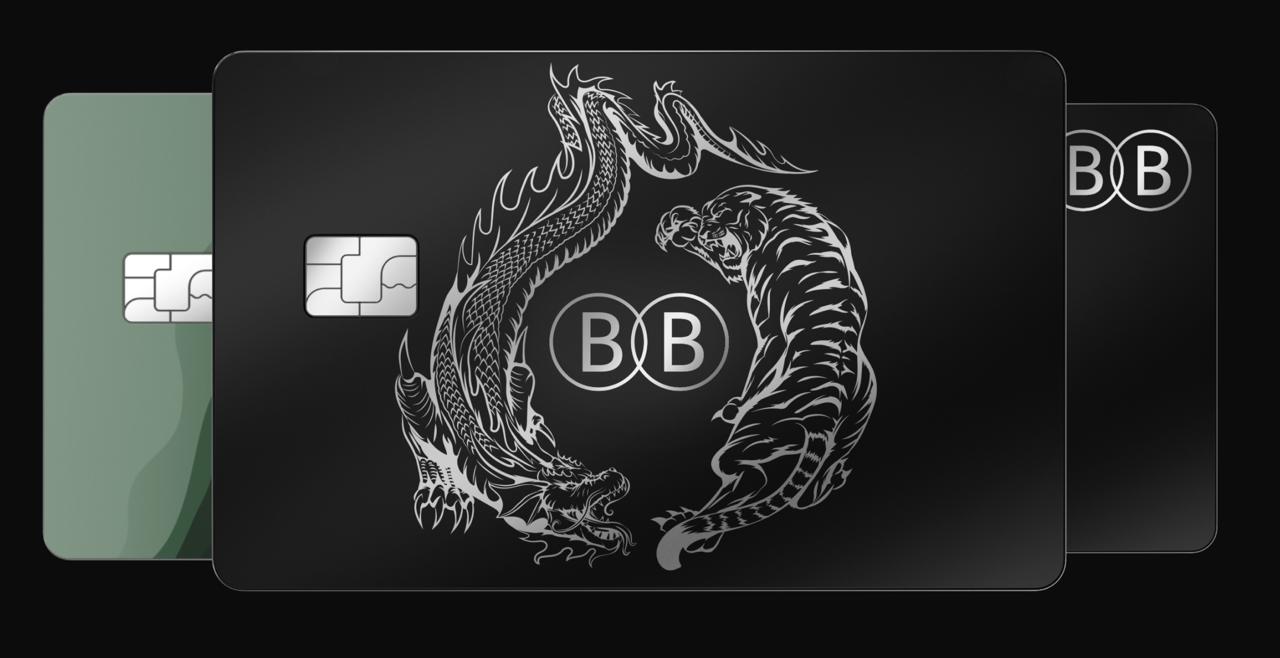Business
How Has Social Media Helped Independent Music Artists

Social media has changed the way that music is made and consumed. It’s also a vital part of any artist’s marketing strategy. As artists look to grow their careers, they need to learn how social media can help them reach new audiences, build buzz for upcoming releases, and connect with fans in real-time.
What Is Social Media?
There are many definitions of what social media means, but it can be broadly defined as “social networking sites” where users post information or share ideas, opinions, photos, and other content. The most well-known examples include Facebook, Twitter, Tumblr, Instagram, Vine, YouTube, Reddit, and Pinterest. There are hundreds of smaller social networks available on the web for musicians such as Bandcamp, SoundCloud, ReverbNation, and TuneCore.
The power of social media is in its ability to spread word-of-mouth virally. People share things they like with friends, who then share those things with their circles of friends, and so on. This creates an exponential effect as more people become aware of your work through this process.
How Can Social Media Help Music Producers
As you can imagine, social media is an excellent tool for artists looking to build their fan base. You can use it to promote upcoming shows, release tracks, give away free downloads, announce tours, and engage directly with your audience. For example, you could start a blog, post videos, or even create a video game.
The biggest social networks are all heavily focused on user-generated content, making them ideal places for musicians to showcase their talents. Social media can also help you get noticed by industry professionals. If you have a solid online presence, they will be able to find you, and if you have something interesting to say, they will want to listen.
Here Are 5 Ways Social Media Can Positively Impact Music Artists
1. Build Your Fan Base
With over 1 billion active monthly users on Facebook alone, social media is one of the best ways to gain exposure for yourself and your band. By creating a profile on these platforms, you can build relationships with other musicians, fans, and influencers. You can also share your music, events, news stories, and other important information. Every time you share something online, you are telling someone else about it. You may not realize it, but you are already doing this.
2. Engage With Fans & Followers
Social media allows you to interact with your fans and followers in real-time. You can reply to comments, messages, questions, and requests. You can even add additional content, such as images or links. Social media is an excellent place to build rapport with your fans because you can immediately respond to their concerns and questions. Artists like Christopher Sluka now have complete artistic freedom and can directly engage with their fans via various internet platforms. They also do not feel compelled to tour because they can release new music when it’s ready or relevant for them.
3. Promote Yourself And Your Work
You can use social media to highlight your latest projects, upcoming releases, and special announcements. Sharing information about your new music, shows, or merchandise is a great way to generate excitement. Also, when you make posts on social media, people tend to share those posts with their networks, which can drive traffic back to your site.
Christopher Sluka has worked with a variety of famous artists throughout his career. Sluka has also released two studio albums in Japan. Even though Sluka the Band is a rock band, they are known as storytellers for our times. They have garnered a worldwide audience for their albums and music videos through social media.
4. Generate Buzz
Social media can help you build buzz for your next album or tour. When you create engaging content, people will share it with their networks. This can lead to viral word-of-mouth advertising, and it can also help you gain attention from journalists, bloggers, and industry professionals. You can even create promotional videos or create amazing content for specific outlets.
5. Sell Merchandise
If you have fans on social media, they are likely interested in supporting you and your career. One way to do this is to sell merchandise on your websites, such as t-shirts, mugs, posters, and more. Fans can buy your merch directly from you, and they can also share it with their networks, which can help you gain exposure.
Final Words
Social media is a powerful tool for any musician looking to build their career. As you begin to use it, you will see many opportunities to interact with your fans and increase your brand awareness. Remember, though, that social media is just one piece of your overall marketing strategy. Use it wisely, and don’t let it control your business.
Business
High Volume, High Value: The Business Logic Behind Black Banx’s Growth

In fintech, success no longer hinges on legacy prestige or brick-and-mortar branches—it’s about speed, scale, and precision. Black Banx, under the leadership of founder and CEO Michael Gastauer, has exemplified this model, turning its high-volume approach into high-value results.
The company’s Q1 2025 performance tells the story: $1.6 billion in pre-tax profit, $4.3 billion in revenue, and 9 million new customers added, bringing its total customer base to 78 million across 180+ countries.
But behind the numbers lies a carefully calibrated business model built for exponential growth. Here’s how Black Banx’s strategy of scale is redefining what profitable banking looks like in the digital age.
Scaling at Speed: Why Volume Matters
Unlike traditional banks, which often focus on deepening relationships with a limited set of customers, Black Banx thrives on breadth and transactional frequency. Its digital infrastructure supports onboarding millions of users instantly, with zero physical presence required. Customers can open accounts within minutes and transact across 28 fiat currencies and 2 cryptocurrencies (Bitcoin and Ethereum) from anywhere in the world.
Each customer interaction—whether it’s a cross-border transfer, crypto exchange, or FX transaction—feeds directly into Black Banx’s revenue engine. At scale, these micro-interactions yield macro results.
Real-Time, Global Payments at the Core
One of Black Banx’s most powerful value propositions is real-time cross-border payments. By enabling instant fund transfers across currencies and countries, the platform removes the frictions associated with SWIFT-based systems and legacy banking networks.
This service, used by individuals and businesses alike, generates:
- Volume-based revenue from transaction fees
- Exchange spreads on currency conversion
- Premium service income from business clients managing international payroll or vendor payments
With operations in underserved regions like Africa, South Asia, and Latin America, Black Banx is not only increasing volume—it’s tapping into fast-growing financial ecosystems overlooked by legacy banks.
The Flywheel Effect of Crypto Integration
Crypto capabilities have added another dimension to the company’s high-volume model. As of Q1 2025, 20% of all Black Banx transactions involved cryptocurrency, including:
- Crypto-to-fiat and fiat-to-crypto exchanges
- Crypto deposits and withdrawals
- Payments using Bitcoin or Ethereum
The crypto integration attracts both retail users and blockchain-native businesses, enabling them to:
- Access traditional banking rails
- Convert assets seamlessly
- Operate with lower transaction fees than those found in standard financial systems
By being one of the few regulated platforms offering full banking and crypto support, Black Banx is monetizing the convergence of two financial worlds.
Optimized for Operational Efficiency
High volume is only profitable when costs are contained—and Black Banx has engineered its operations to be lean from day one. With a cost-to-income ratio of just 63% in Q1 2025, it operates significantly more efficiently than most global banks.
Key enablers of this cost efficiency include:
- AI-driven compliance and customer support
- Cloud-native architecture
- Automated onboarding and KYC processes
- Digital-only servicing without expensive physical infrastructure
The outcome is a platform that not only scales, but does so without sacrificing margin—each new customer contributes to profit rather than diluting it.
Business Clients: The Value Multiplier
While Black Banx’s massive customer base is largely consumer-driven, its business clients are high-value accelerators. From SMEs and startups to crypto firms and global freelancers, businesses use Black Banx for:
- International transactions
- Multi-currency payroll
- Crypto-fiat settlements
- Supplier payments and invoicing
These clients tend to:
- Transact more frequently
- Use a broader range of services
- Generate significantly higher revenue per user
Moreover, Black Banx’s API integrations and tailored enterprise solutions lock in these clients for the long term, reinforcing predictable and scalable growth.
Monetizing the Ecosystem, Not Just the Account
The genius of Black Banx’s model is that it monetizes not just accounts, but entire customer journeys. A user might:
- Onboard in minutes
- Deposit funds from a crypto wallet
- Exchange currencies
- Pay an overseas vendor
- Withdraw to a local bank account
Each of these actions touches a different monetization lever—FX spread, transaction fee, crypto conversion, or premium service charge. With 78 million customers doing variations of this at global scale, the cumulative financial impact becomes immense.
Strategic Expansion, Not Blind Growth
Unlike many fintechs that chase customer acquisition without a clear monetization path, Black Banx aligns its growth with strategic market opportunities. Its expansion into underbanked and high-demand markets ensures that:
- Customer acquisition costs stay low
- Services meet genuine needs (e.g., cross-border income, crypto access)
- Revenue per user grows over time
It’s not just about acquiring more customers—it’s about acquiring the right customers, in the right markets, with the right needs.
The Future Belongs to Scalable Banking
Black Banx’s ability to transform high-volume engagement into high-value profitability is more than just a fintech success—it’s a signal of what the future of banking looks like. In a world where agility, efficiency, and inclusion define competitive advantage, Black Banx has created a blueprint for digital banking dominance.
With $1.6 billion in quarterly profit, nearly 80 million users, and services that span the globe and the blockchain, the company is no longer just scaling—it’s compounding. Each new user, each transaction, and each feature builds upon the last.
This is not the story of a bank growing.
This is the story of a bank accelerating.
-

 Tech4 years ago
Tech4 years agoEffuel Reviews (2021) – Effuel ECO OBD2 Saves Fuel, and Reduce Gas Cost? Effuel Customer Reviews
-

 Tech6 years ago
Tech6 years agoBosch Power Tools India Launches ‘Cordless Matlab Bosch’ Campaign to Demonstrate the Power of Cordless
-

 Lifestyle6 years ago
Lifestyle6 years agoCatholic Cases App brings Church’s Moral Teachings to Androids and iPhones
-

 Lifestyle4 years ago
Lifestyle4 years agoEast Side Hype x Billionaire Boys Club. Hottest New Streetwear Releases in Utah.
-

 Tech7 years ago
Tech7 years agoCloud Buyers & Investors to Profit in the Future
-

 Lifestyle5 years ago
Lifestyle5 years agoThe Midas of Cosmetic Dermatology: Dr. Simon Ourian
-

 Health6 years ago
Health6 years agoCBDistillery Review: Is it a scam?
-

 Entertainment6 years ago
Entertainment6 years agoAvengers Endgame now Available on 123Movies for Download & Streaming for Free
